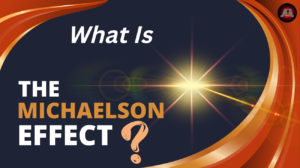We often believe that we make decisions based on logic, preference, or personal taste. But the truth is, many of our daily choices are quietly shaped by design — often without us even noticing.
From the layout of a website to the color of a button, design is not just about aesthetics. It’s about guiding behavior.
Design Is Psychology Made Visible
Design taps directly into human psychology. Certain colors can create urgency. Specific placements can draw our attention. Even white space can influence how much we trust a brand.
Take this example:
You’re shopping online and see two buttons — one gray and one bright orange.
The orange one says “Buy Now.”
You’re more likely to click it.
Why? Because it feels more important, more urgent — and that’s not an accident.
The Subtle Forces at Play
Here are just a few design elements that influence decision-making:
-
Color psychology:
Red creates urgency. Blue builds trust. Green is associated with safety or positivity. -
Hierarchy and layout:
The most important elements are placed where the eye naturally goes (top-left, center, bold, large). -
Micro-interactions:
Small animations or button feedback (like a slight bounce) encourage you to continue or complete an action. -
Negative space (white space):
A cluttered design overwhelms the brain. Clean space feels calming and gives the illusion of simplicity and trustworthiness. -
Typography and readability:
Fonts influence tone. A clean sans-serif feels modern and easy. A cursive font might feel elegant or formal.
Dark Patterns: The Flip Side
While design can guide users helpfully, it can also be manipulative. Some websites use what’s called “dark patterns” — deceptive UX tricks like hiding unsubscribe links or pre-selecting expensive options.
These subtle cues aren’t random. They’re designed to nudge you into saying “yes” when you might have said “no.”
Why It Matters
Design isn’t neutral. It shapes the way we:
Shop
Read
Trust
Click
-
Even how we feel
Good design respects the user. It simplifies choices and creates clarity. But understanding the psychology behind design empowers you — as a user, and especially as a creator.
Because once you see how design influences decisions,
you’ll never look at a website, app, or product the same way again.










